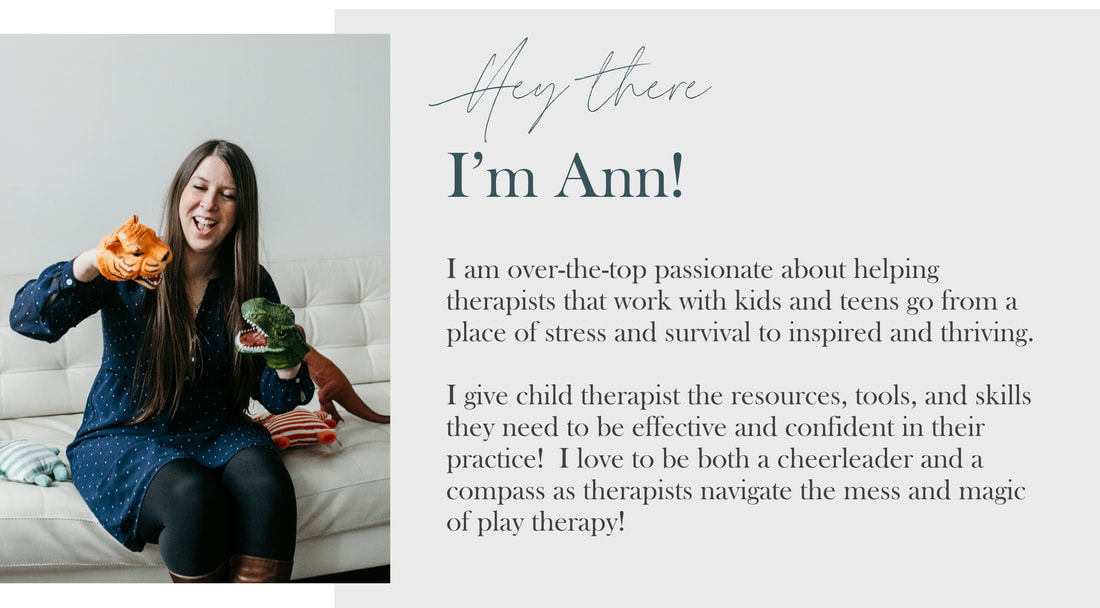|
I am not kidding when I say everything goes in the file.
If I take a time machine back to my early days of practicing therapy (before the world thankfully went digital) files could be huuuuuge. Some clients (depending on the presenting concern, need for records, and how long they had been seen) could have 2 or 3 files as part of their file set.
So how do files get so big?
I wanted to share with you today 7 day-to-day pieces of documentation that are a part of a client’s file (beyond the initial informed consent paperwork packets) that also aren’t progress notes: Any and all client contact Yup! Any time you have contact with a client it needs to go in their chart. For child and adolescent clients this means any time their parent emails you or has a phone call with you about their child’s mental health functioning or treatment. All contact does need to be HIPAA compliant so check out two of my favorite resources below for messaging and connecting with clients. Releases of Information For some clients it makes sense to have collateral contacts outside of the therapy session. For these clients all parties beyond parents or guardians with legal custody and/or parenting rights a release of information needs to be signed, and typically updated annually. Any and all collateral contacts Any time you speak with an outside party (think social workers, special education teachers, psychiatrists, etc. whom you have an active release of information for *see above*) you need an accurate and detailed note about what information was covered. OR if you attempted to initiate contact and received no reply - this goes in the file too. This is by no means a transcript of the conversation but can be a summary of a phone call or a direct copy and paste of a message. Requests and documentation of release of records When any part of the client’s medical record leaves you care you need to create a crystal clear paper trail. In my practice this means any time a parent or guardian (with the legal right to do so) requests a medical record be sent to another party they fill out a Release of Information detailing the information they want released. The other way I release records is when I receive a Release of Information Request from another party. In addition for both, I fill out a form in my medical record detailing the requesting party, reason for request, and detailed information about what specifically was sent out, when it was sent out, and the format it was sent. In addition to any ROI from another agency that I receive, I also document verbal confirmation of understanding from the parent/guardian of what records will be released to whom before I send anything out. AND if I fax these records I also upload a fax sent receipt. That way if there are any questions about what specific documents another person or agency has (ex: is it just the Diagnostic Assessment and Treatment Plan? Notes? What dates?) it is very transparent what was sent and when. Collateral client records Child and adolescent clients have all kinds of records that parents and guardians may want to share with you. Anything from past Diagnostic Assessments, Psychological or Neuropsychological testing, or medical records where their medical diagnosis impacts their mental health to name a few. These all need to get uploaded and stored in your file. Paperwork you fill out per client request I have filled out tons of different forms for clients that have been necessary and beneficial. This is anything from documentation for recommended accommodations at sleep away camp, Family Medical Leave of Absence paperwork, or paperwork documenting mental health diagnoses to get school support such as an IEP or 504 plan. All of this needs to go in! Assessments Some clients have required assessments per insurance they need filled out on a regular basis. Other clients may benefit from as needed assessments. Any time a client is completing an assessment it needs to be documented in their chart. So that’s a wrap on 7 things that need to be a part of charting in play therapy that aren’t the initial intake paperwork and also aren’t progress notes! If you feel like you need some extra support with documentation check out these three practice resources: The 5 Minute Note Course gives you support on all things progress notes. Learn to shrink your note writing process to write effortless and effective notes within your therapy day! This course includes all the details, guides, and cheat sheets to help you know what to write and how to write it. AND includes templates and cheat sheets specifically for progress notes for play therapy! Paubox is the easiest way to rest easy with a HIPAA Compliant email system that has email encryption and security you can set and forget. No portals. No passcodes. No hassle. AND if you sign up using this link HERE you get a $250 account credit! Simple Practice is hands down the #1 EHR I recommend for practice owners, especially for clinicians who see kids. With customizable forms and portals unique to each parent (to solve your co-parenting paperwork stress) Simple practice is 10/10. Use this link HERE to get $150 off! This page contains affiliate links, so I may earn a small commission when you make a purchase through the links on this site. The best news? It doesn’t cost you a penny and with these – you actually get more money back in your pocket!
[object Object]
Loading...
0 Comments
Leave a Reply. |
Hi, there!I'm Ann Meehan, an LPCC, Loading... Archives
July 2024
Categories
All
|
Privacy Policies | Terms of Use | Disclaimer
Contact
[email protected] | Copyright Meehan Mental Health Services 2022
Contact
[email protected] | Copyright Meehan Mental Health Services 2022







